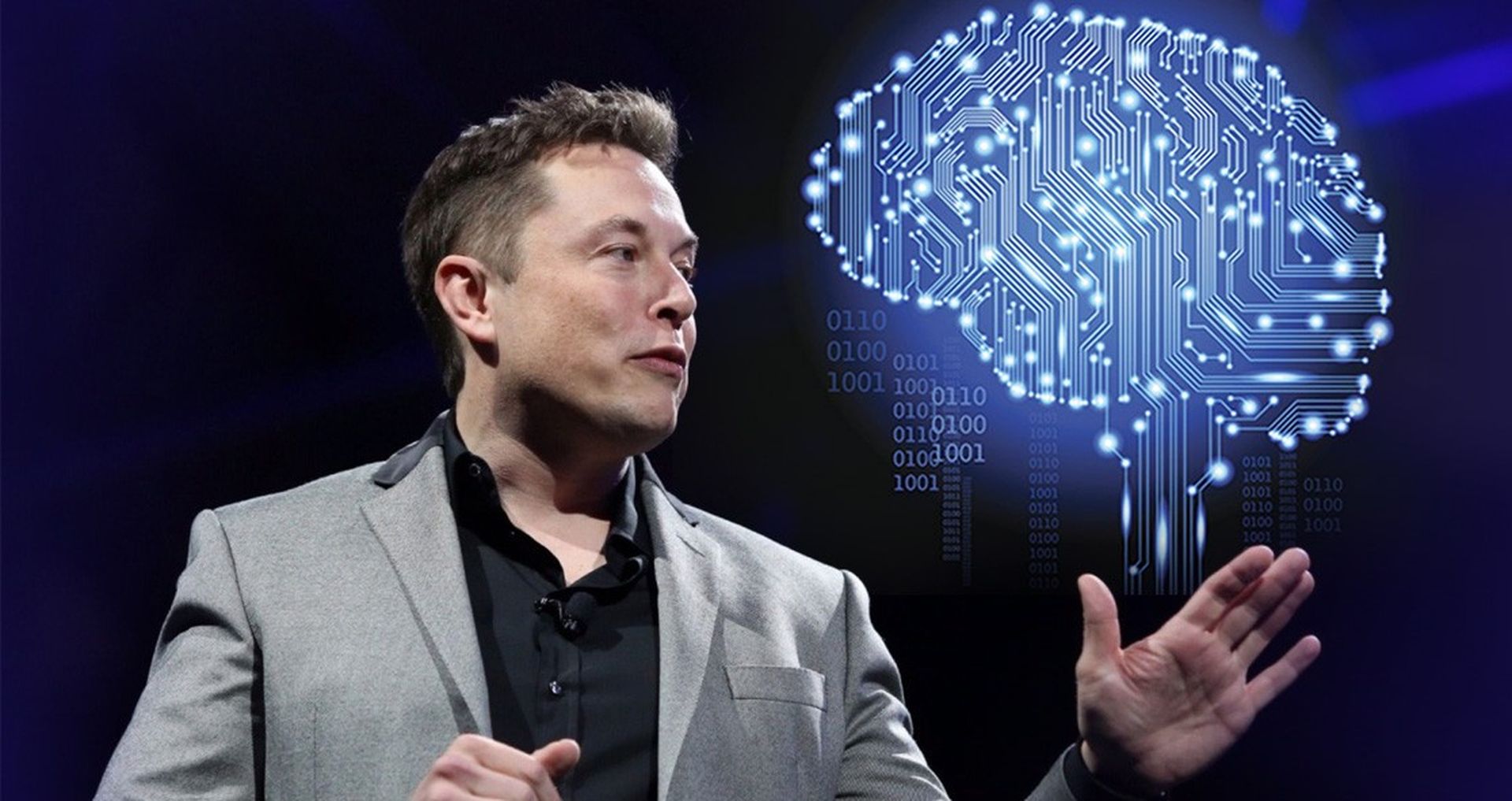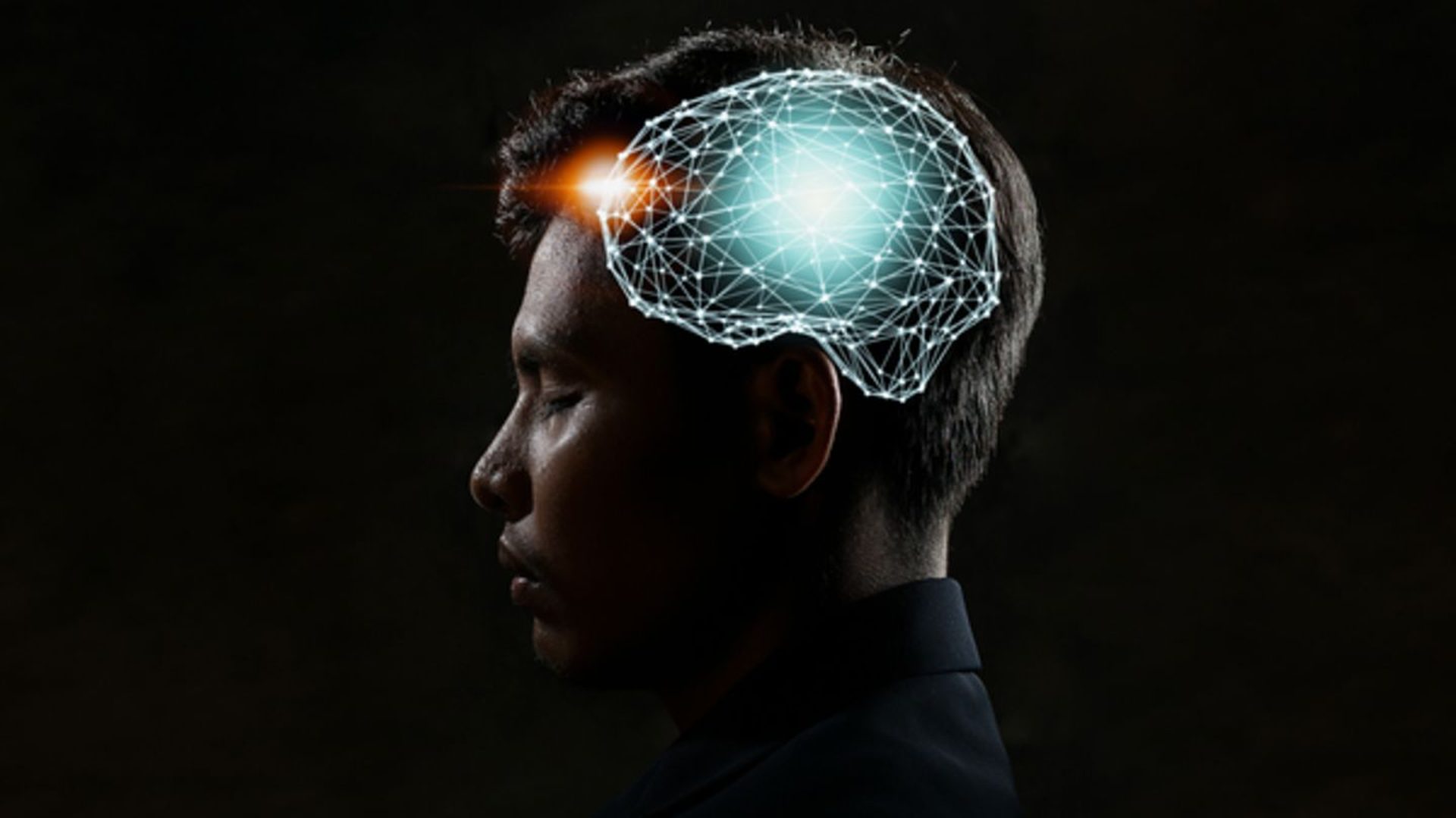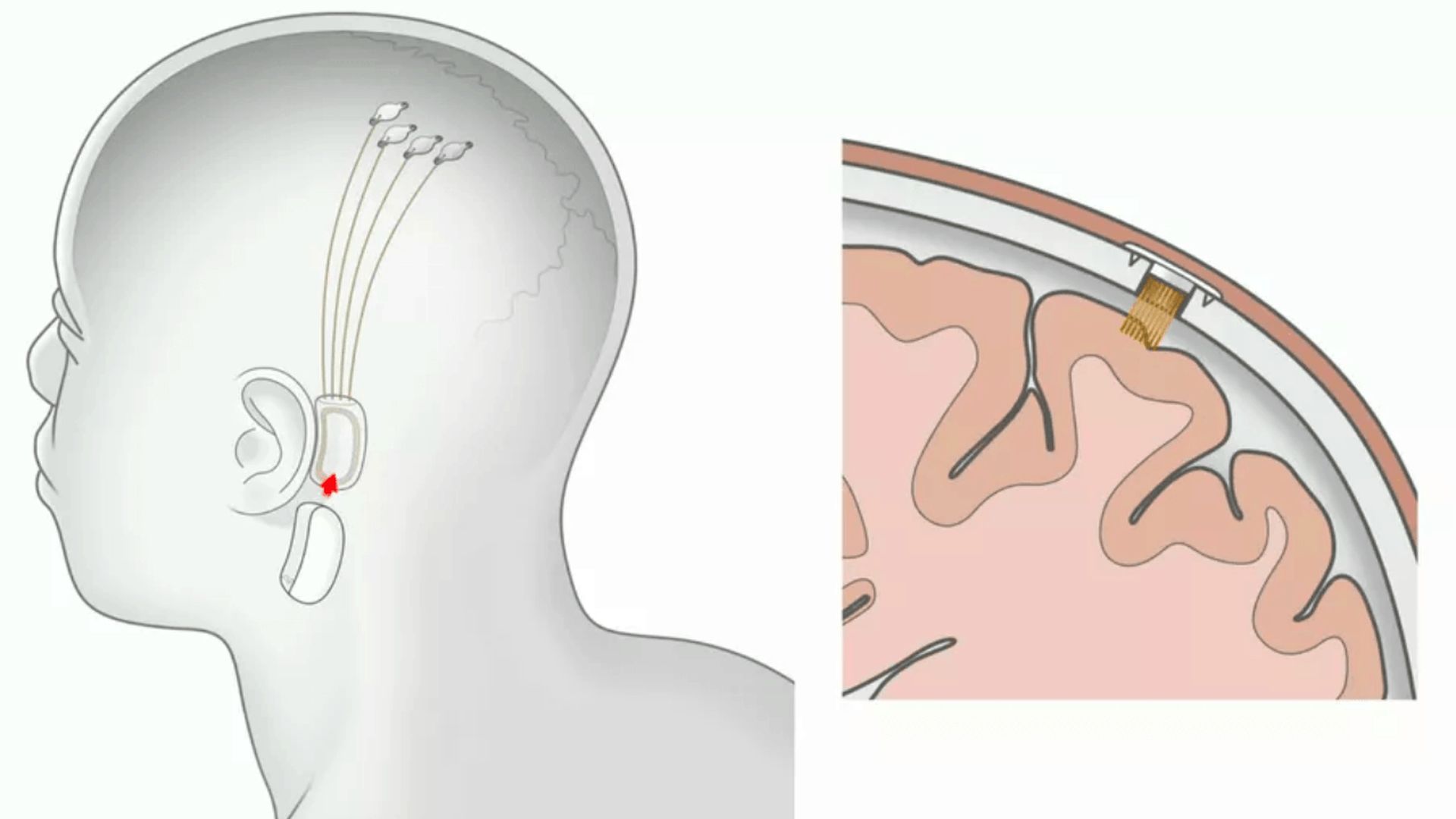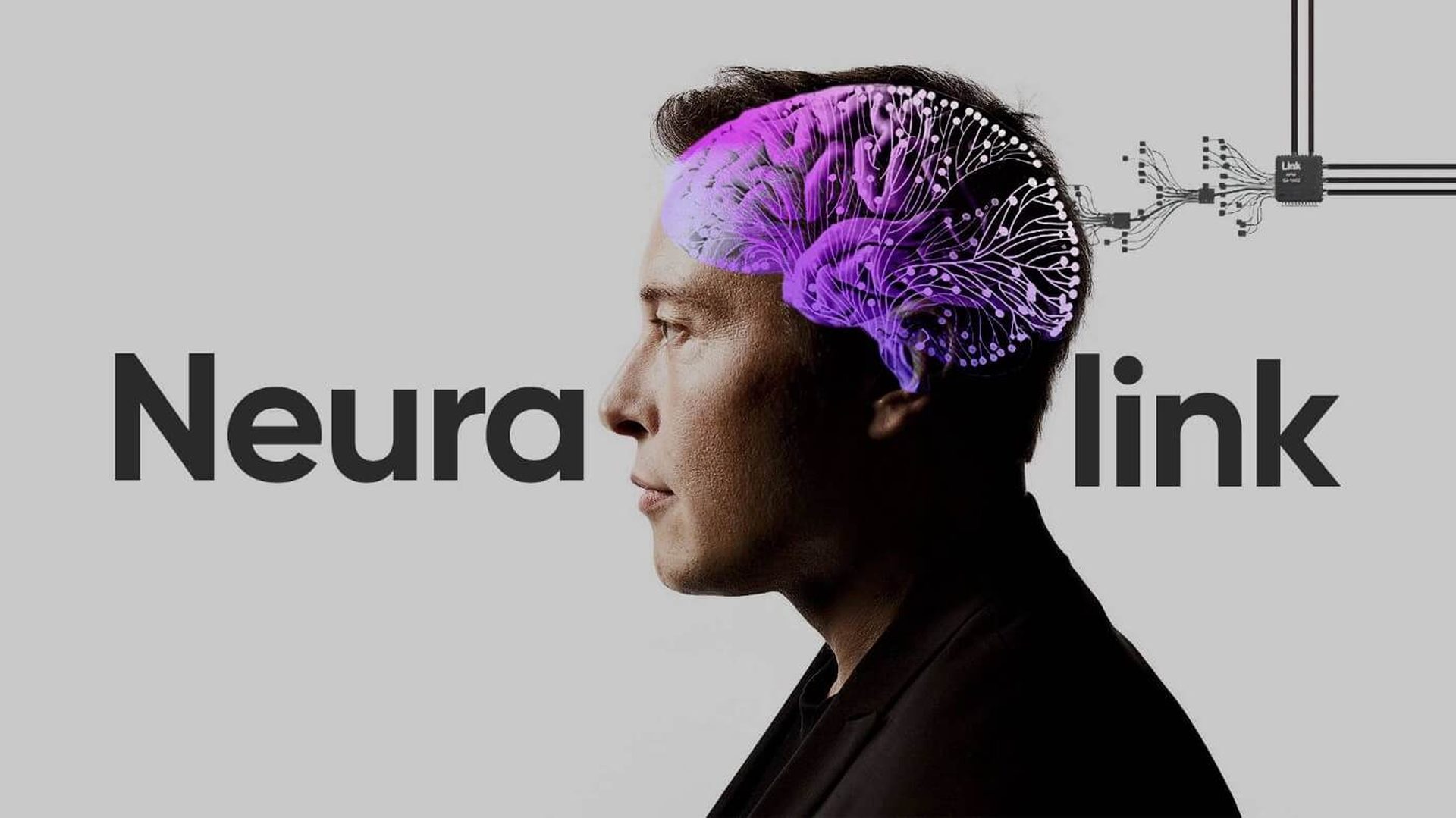Elon Musk’s neurotech business Neuralink held its much-anticipated and frequently-postponed tech showcase on Wednesday night, promising a lot but making little headway toward their lofty promises.
Numerous Neuralink engineers and researchers joined Musk on stage to discuss the technology they have been developing for the past few years. The business’s wireless brain-computer interface (BCI), the N1 link, and the R1, a robot that the company claimed could implant an N1 in a person’s brain, were among these. While presentations were going on, the bot was present and doing a mock surgery on a dummy.

During the presentation, Elon Musk joked:
“I could have a Neuralink device implanted right now and you wouldn’t even know,”
“In one of these demos I will.”
After that, Musk stated that Neuralink wouldn’t be able to start human trials for another six months or more.
What can Neuralink do?
During the presentation, Musk also made several highly bold claims that, given his track record of making lofty claims but failing to follow through, should be treated with a Cybertruck-sized grain of salt.
This includes the notion that Neuralink will be able to restore eyesight to people who were born blind and that it will be able to give people who have had their spinal cord damaged mobility back.

According to him, the N1 would enable patients to utilize it wirelessly and remotely in almost any environment outside of a lab, which would be revolutionary if it ever materializes. According to Rajesh Rao, Hwang Professor and Director of the Center for Neurotechnology at the University of Washington, this would be a big advancement for BCI technologies and show off something that has never been done before.
“An advance [BCI] would be in terms of whether the person can do this at home,”
“Can they do this arbitrarily at any location? Can they do it in a restaurant? That advance would mean it’s a usable, on-the-go implant as opposed to just doing it in the laboratory.”
-Rajesh Rao, Center for Neurotechnology at the University of Washington
How does Neurolink work?
Elon Musk is well-known for founding well-known businesses like Tesla and SpaceX, but the tycoon also has several strange businesses. He claims he started one of them to create a “symbiosis” between artificial intelligence and the human brain.
Musk founded the brain interface technology business Neuralink. It is creating a gadget that would be inserted into a person’s brain, where it could record and maybe stimulate brain activity. The technology is like a “Fitbit in your skull,” according to Musk.

The coin-sized chip that Neuralink is creating would be implanted in a person’s skull. A network of tiny wires, each about 20 times thinner than a human hair fan out from the chip into the patient’s brain.
The cables have 1,024 electrodes that can be used to monitor brain activity and, in theory, activate the brain electrically. The chip wirelessly transmits this data to computers so that researchers can study it.
Like a sewing machine, a robot would operate by forcing flexible wires from a Neuralink chip into a person’s brain with a rigid needle.
What does Neuralink show and tell us?
Musk’s Neuralink project does not seem that far away in this period when AI technologies are taking up more space in our lives every day. Suppose the successful businessman’s team can develop this chip correctly and apply it safely to humans. In that case, it will make a great contribution to science, especially in the field of studying the brains of living organisms.
According to Musk’s claims, this chip, which will take part in eliminating and preventing many neurological diseases and damage, is interpreted by most scientists as the technology of the future.
Neuroscientists don’t think much of Elon Musk’s claim that Neuralink can allow monkeys to operate computers using their brain signals.
Animal testing of Neuralink gets backlash
The Physicians Committee for Responsible Medicine, an organization that advocates for animal rights, announced in February 2022 that it had filed a complaint with the US Department of Agriculture after obtaining more than 700 pages of records about monkeys used in Neuralink research at the University of California at Davis between 2017 and 2020.
Through a public records request, the group was able to collect the data, which also included necropsy results and veterinary records. It said they indicated 23 monkeys had experienced “, extreme suffering as a result of inadequate animal care and the highly invasive experimental head implants during the experiments.”.
According to a blog post from Neuralink, eight animals have been put to death. One was a result of a device failure, according to the business, and alleged device infections caused the others.
The company says it is “absolutely committed to working with animals most humanely and ethically possible” and says the facilities and care at the university continue to meet federally mandated standards.
Musk’s company Neuralink has recently published this video about animal welfare inside their company on their official Youtube channel:
If Musk’s claims come true, it seems that a breakthrough innovation will take place in science and health. We will pass on to you any developments about Neuralink. If you want to check past statements of Musk about Neuralink, check out our article titled Elon Musk showed Neuralink v2, the chip with brain-computer interface.





